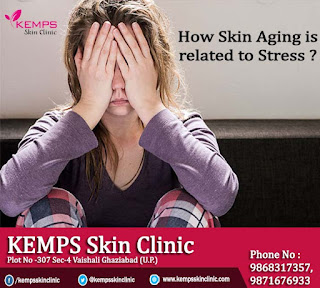What is Cyst?
A cyst is an abnormal, sac-like structure that can be found anywhere in the body. Cysts usually contain a gaseous, liquid, or semisolid substance and have an outer wall, known as the capsule. Cysts may be small and visible only under a microscope, or they may grow to a very large size and displace normal body structures.
What are the different types of cysts?
Cysts occur commonly in numerous tissues and organs and are often named according to their particular anatomic location (for example ovarian cysts, bladder cysts, breast cysts, liver cysts, kidney cysts, pancreatic cysts, vaginal cysts, skin cysts, thyroid cysts). Certain types of cysts also have special designations and nomenclature. Examples of these include:
· Ganglion cyst: a cyst around a tendon, most commonly occurring at the wrist
· Baker's cyst: a cyst containing joint fluid that is located in popliteal space behind the knee
· Bartholin's cyst: cystic enlargement of small glands near the vaginal opening
· Nabothian cyst: a mucus-filled cyst on the surface of the uterine cervix
· Pilonidal cysts: cysts that arise in the soft tissue at the base of the tailbone (coccyx) of the lower back, just above the natal cleft (the cleavage between the buttocks)
· Dermoid cyst: a type of benign tumor of the ovary that contains multiple cystic spaces and various tissue types
Medical procedures for cyst removal
It can be difficult to identify a cyst versus a boil, skin abscess, or something else that may need treatment. That’s why it’s important to see a doctor for diagnosis.
It’s possible your cyst may not have to be removed. Your doctor may recommend other treatment depending on the type and location of the cyst.
When a cyst must be removed, here are some methods your doctor may use:
Drainage
Under local anesthesia, a doctor will make a small incision through which the cyst can be drained. Your doctor may pack some gauze into the wound, which can be removed after a day or two. To treat or prevent infection, you may need to take antibiotics. Your wound should heal within a week or two.
Drainage is not recommended for epidermoid or pilar cysts on the skin. The procedure leaves these cysts in the skin, which will eventually cause them to recur.
Drainage can also cause scarring on the surface of the skin and under the skin. This can make cysts more difficult to remove in the future.
Fine-needle
aspiration
For this procedure, a doctor will insert a thin needle into the cyst to drain the fluid. This should make the lump less noticeable.
This method may be used for breast cysts, which can sometimes recur. Fine-needle aspiration is also used for biopsy procedures to determine if a breast lump contains cancer cells.
Surgery
Surgery is an option for some types of cysts, such as ganglion, Baker’s, and dermoid cysts. Local anesthetic can be used to numb the area. After making a small cut, the doctor will pull out the cyst.
Surgical removal of the cyst will result in a scar. The size of the scar depends on several factors, including the size of the cyst.
Ganglion cysts and Baker’s cysts sometimes recur after surgery.
Laparoscopy
Certain cysts, such as those that develop in the ovaries, can be removed laparoscopically. In this procedure, a surgeon uses a scalpel to make a few small incisions. Then they insert a thin camera called a laparoscope into one of the incisions to help them view and remove the cyst.
This procedure results in only a few small scars because of the small size of the incisions.
KEMPS Skin Clinic provides cyst removal services at Vaishali, Ghaziabad. You may contact and book prior appointment to get better services .





